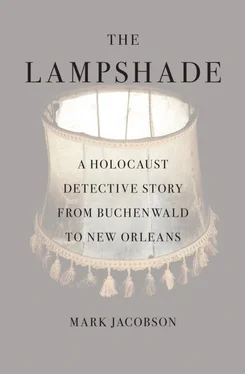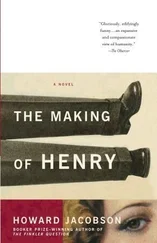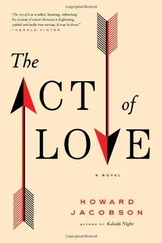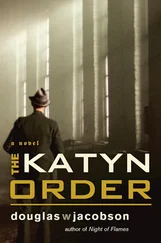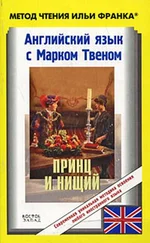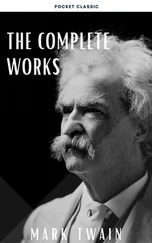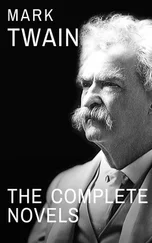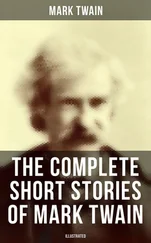Skip had to admit that, all things being equal, he retained a reflex to vote for black candidates on the off chance they might turn out to be another Martin Luther King, Jr. However, Ray Nagin, a cable TV executive who promised to run New Orleans like “a buisness” was another matter. Skip didn’t trust him. Elected by a thin margin, Nagin would prove a bitter disappointment, most disastrously during Katrina. A memorable image from historian Douglas Brinkley’s book The Great Deluge describes the mayor cowering in a twenty-seventh-floor bathroom at the Hyatt, “rearranging knickknacks and toiletries” while the storm raged outside. Skip now regarded Nagin as a clueless buffoon at best. When the mayor expressed the opinion that “hope” might just be the city’s best chance for salvation after the storm, Skip spray-painted “Hope Is Not a Plan” on the wall of an abandoned building in the Bywater. Later, when Bush came to town and greeted the mayor by rubbing his gleaming, shaved head, prompting colleagues at the State Employment Office to exclaim, “You see what Ray let that fool do?” Skip reproduced the front-page picture of the head rubbing from the Times-Picayune with the caption “That’s My Good Boy” and stuck it up on telephone poles around town.
This was where Ron Forman came in. Forman occupied a unique position in the Venn diagram of New Orleans power. He was Jewish. The NOLA Jewish community has rarely exceeded ten thousand, but it has played a significant role going back to the town’s patron pirate saint, Jean Lafitte, the supposedly half-Sephardic rogue hero of the Battle of New Orleans. Judah Touro, another Sephardim who fought in the Battle of New Orleans, built a small dry goods store into a fortune and became one of the city’s most generous philanthrophists, with streets, hospitals, and synagogues named after him.
On the other hand there was Judah Benjamin, a slave owner and Jefferson Davis’s secretary of state, whose picture was printed on the Confederate two-dollar bill. Benjamin gets a mention in Stephen Vincent Benét’s epic poem “John Brown’s Body.” “Seal-sleek, black-eyed, lawyer and epicure,” Benét writes of Benjamin, picturing the politician questioning himself: “The eyes stared, searching. ‘I am a Jew. What am I doing here?’”
For Skip Henderson, though, one name stood out from the rest—Morris Karnofsky, a Russian Jew whose family owned a dry goods store on South Rampart Street. In what stands as one of the truly great culturally enabling moments in American history, Karnofsky advanced his young employee, Louis Armstrong, the money to buy his first cornet. Armstrong writes about the incident in his essay, “Louis Armstrong + the Jewish Family in New Orleans, La.… A Real life story and experiences at the age of seven years old with the Karnofsky (Jewish) Family, the year of 1907.”
Employing his own offbeat syntax, Armstrong wrote: “The Karnofsky Family kept reminding me that I had Talent—perfect Tonation when I would Sing. One day when I was in the wagon with Morris Karnofsky—we were on Rampart and Perdido Streets and we passed a Pawn Shop which had in its Window—an old tarnished beat up B Flat Cornet. It only cost Five Dollars. Morris advanced me Two Dollars on my Salary.
“I had a long admiration for the Jewish People. Especially with long time courage, taking So Much Abuse for so long. Seven years old but I could easily see the ungodly treatment that White Folks were handing the poor Jewish family I worked for… Of course we are all well aware of the Congo Square— Slavery — Lynchings and all that stuff. Maybe the Jewish people did not go through All of those things but they went through just as much. Still they stuck together …”
Mindful that one of Armstrong’s sacred cornets was among the items damaged when the roof blew off the old U.S. Mint museum on Esplanade Avenue, Skip went to Mickey Markey Park in hopes that Ron Forman might be a Jew in the mode of Morris Karnofsky. It was not to be. Forman mentioned that afternoon that in the storm’s aftermath he’d gone the extra yard to save the Audubon Aquarium’s penguin colony. Nothing against polar avians, Skip thought, but how out of it could one guy be?
Half the parish was sleeping in FEMA trailers full of formaldehyde. In St. Roch people were shooting each other in turf wars over roofless squatter shacks. Just mailing a damn letter was a major project. Things were nasty and getting nastier. In the wake of incidents like Jefferson Parish deputies firing over heads of New Orleans residents to keep them from crossing the Gretna Bridge during the height of the poststorm flooding, race talk was taking on a cosmic tone. There were stories of how Blackwater mercenaries, seizing control of the streets in the absence of the NOPD, had killed dozens of alleged looters and dumped their bodies in the river. No less ominous was the fact, as pointed out by the classically inclined, that the name Katrina had its roots in the Greek katheros, or “cleansing.” The ethnic prefix didn’t even have to be mentioned, not with much of the black community banished to the decommissioned Houston Astrodome, where George Bush’s mother would cluck how much they’d moved up in the world. This attitude dovetailed with commentary from mean-minded idiots like John Hagee, then John McCain’s religious-right point man, who, calling attention to the annual “Southern Decadence” gay parade scheduled for a few days after the storm hit, said, “I believe that New Orleans had a level of sin that was offensive to God, and they were recipients of the judgment of God for that.” Dennis Hastert, then Speaker of the House, said that for the life of him, he couldn’t see why anyone would want to waste a nickel of taxpayers’ money rebuilding a sewer like New Orleans.
The world wasn’t coming to an end—it had ended, Skip thought, and here was Forman, this hapless guy in a Brooks Brothers shirt and tan chinos standing in the middle of Mickey Markey Park, surrounded by piles of garbage that used to be people’s furniture, talking about penguins, not one of which had ever been seen in a bayou.
The handshake closed the deal. With Forman’s hand lying in his own like a limp mackerel, Skip’s attention was diverted to the rummage sale on the other side of Piety Street.
• • •
The drum. That’s all Skip wanted. A drum to beat on for Mardi Gras.
Skip had been looking for a drum, but it wasn’t until he left Ron Forman’s rally to cross the street that he realized he’d been searching for a particular drum —this one. It was a fairly new-looking Yamaha model, with a three-inch-wide horizontal smudge bisecting the drumhead. Skip recognized the brown-green stain immediately: he’d been looking at variations of it for months while driving around the ruined city. It was the waterline, the gauge by which the height of the toxic flood could be measured, a malevolent, citywide bathtub ring. Streaked across building walls, visible on the doors of the thousands of cars stockpiled underneath the elevated I-10, in some places the ring was as much as ten feet off the ground, way over your head. The line was Katrina’s mark, like the familiar X s spray-painted on the walls of almost every building in town by the National Guard. A code like the voodoo veves they resembled, the X s, called “Katrina crosses,” told what day the house was inspected, which Guard unit had entered the building (“TX 1” for Texas number 1), and how many dead bodies had been found inside.
The skin of the Yamaha drumhead bore the storm’s watermark. That, and the fact that it didn’t seem too warped, made it a perfect noisemaker for the Bywater Bone Boys, Skip thought. Founded by Skip and a few Bywater locals during the Mardi Gras before Katrina, the Bones, whose charter said only “No dues, no officers, no meetings, not bound by circumstance,” claimed none of the lineage of the white uptown krewes or the black second-liners from Treme. Composed primarily of recent arrivals, the Bones nonetheless had their place in the shattered New Orleans power structure. These were the fresh recruits, the wide-eyed Americorps do-gooder types, the drifting, crusty post-hippies, the Williamsburg artist transplants, the real estate speculators. They arrived along with the hundreds of Mexican day laborers who waited in the parking lot of the Lowe’s out on Elysian Fields Avenue hoping for a construction job—all of them ready to buy into the tattered romance of the city even as the absent masses of homegrown refugees considered new lives in Atlanta or Houston. It wasn’t ideal, this post-apocalypse party scene, but it beat the wretched petro-Vegas plans the Republicans had for the next incarnation of the former French river fort founded by Jean-Baptiste Le Moyne de Bienville in 1718.
Читать дальше
